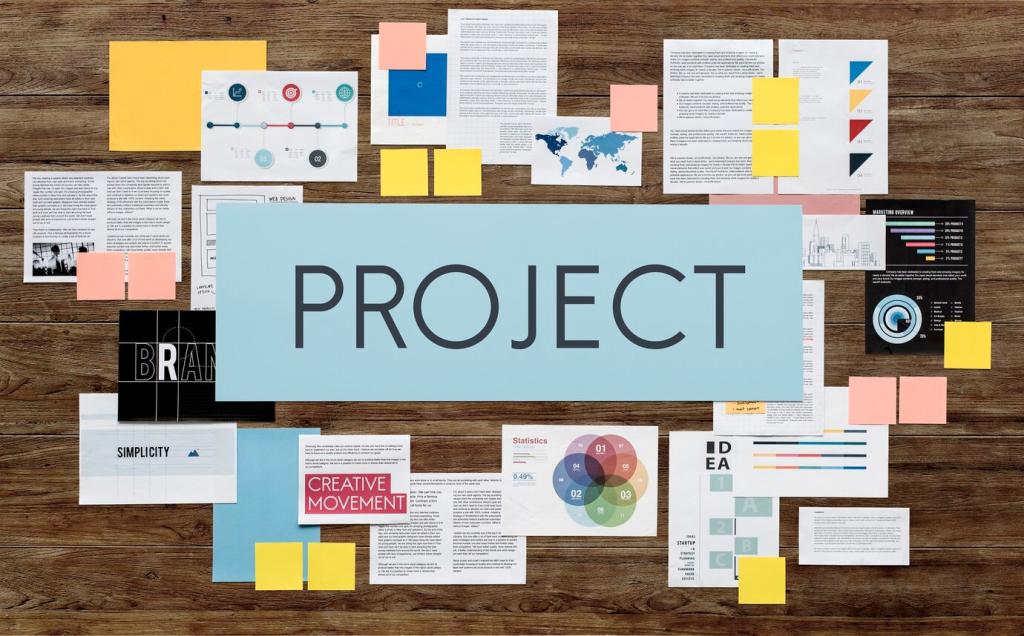
Best Practices for Cross-Platform Mobile Development
Chosen theme: Best Practices for Cross-Platform Mobile Development. Build once, delight everywhere—learn how to plan, design, and ship cross-platform apps that feel native, perform smoothly, and evolve confidently. Subscribe and share your questions to shape our next deep dive.

Choose the right stack for your product
Match your needs to the strengths of frameworks like Flutter, React Native, or Kotlin Multiplatform. Consider your team’s skills, UI ambitions, performance constraints, and platform-specific integrations. Tell us which stack you’re considering and why; we’ll tailor future guides to your context.
Define parity and platform-specific polish
Agree early on what must be identical across platforms and where native nuances should shine. Document a parity list and a polish backlog. This prevents endless debates later and keeps your brand consistent without ignoring iOS and Android user expectations.
Build a realistic code sharing plan
Identify shared modules, such as domain logic, networking, models, and design tokens, and isolate them from platform-specific surfaces. Aim for high-value reuse, not dogmatic percentages. Comment below with your current sharing ratio, and we’ll suggest practical ways to increase it safely.

Centralize typography, color, spacing, and elevation in a cross-platform token set. Generate platform assets automatically to avoid drift. A fintech team told us this cut visual defects dramatically and made dark mode painless across both stores. Want our token template? Subscribe for the drop.

Honor standard conventions like back behavior, gestures, and bar placements. Keep information architecture shared, but map patterns to native idioms. This small nod to familiarity reduces churn and support tickets, especially for new users arriving from ads or seasonal campaigns.

Annotate screens with semantic roles, labels, and focus order from day one. Test dynamic type, screen reader flows, and contrast at design time. Accessible apps not only do right by users, they also boost retention and store ratings. Share your accessibility wins; they inspire the community.
Performance That Feels Native
Instrument cold start, time to interactive, frame pacing, and memory use. Set budgets, then profile slow scenes on real devices. A travel app team found a single oversized JSON block causing jank; trimming payloads fixed multiple screens at once. What metrics do you track weekly?
Performance That Feels Native
If a feature is latency-sensitive—camera, media processing, cryptography—consider a native bridge or platform plugin. Keep the boundary small and well-tested. This hybrid approach preserves reuse while unlocking near-native throughput where every millisecond matters.


Robust Architecture and State Management
Pick a pattern and stick to it
Adopt a clear architecture—MVVM, Redux, Bloc, or MVI—and document where state lives, flows, and mutates. Enforce module boundaries with lint rules. New engineers will onboard faster, and refactors become safer when conventions are predictable rather than surprising.
Offline-first data sync
Design for intermittent connectivity with local caches, optimistic updates, and conflict resolution strategies. Users judge reliability by what happens on the subway or airplane. Share your toughest sync bug story; together we can map patterns that make failures graceful instead of frustrating.
Error handling that respects platforms
Translate failures into human messages, log with context, and funnel critical issues to your crash reporter. Avoid leaking platform-specific stack traces to users. A friendly retry, a fallback path, and a support link turn inevitable errors into moments of trust.
Security, Privacy, and Compliance Everywhere
Use platform keystores for secrets, enable certificate pinning where appropriate, and enforce TLS for all endpoints. Limit sensitive logs and sanitize analytics. A clear threat model guides pragmatic defenses without slowing your roadmap unnecessarily.
Security, Privacy, and Compliance Everywhere
Inject secrets securely via CI, environment files, or secure storage APIs, not within source control. Rotate keys regularly and monitor usage anomalies. Share your secret management approach in the comments so others can learn safe patterns that withstand audits.
Security, Privacy, and Compliance Everywhere
Document data flows, support deletion requests, and gate trackers with consent. Provide readable privacy settings that work offline. Compliance is easier when baked into architecture, not bolted on before launch. Tell us which markets you target, and we’ll highlight relevant considerations.
Observability and Continuous Improvement
Track activation, retention, conversion, and core task completion, not just vanity screens. Tie events to release versions and feature flags so findings translate into action. Readers often discover one metric predicts churn months ahead—what’s yours?
Observability and Continuous Improvement
Aggregate issues by root cause, not by platform, and fix the shared code first. Correlate crashes with device models and OS versions to prioritize impactful work. Publishing small, frequent fixes builds user confidence and steadies store ratings over time.
